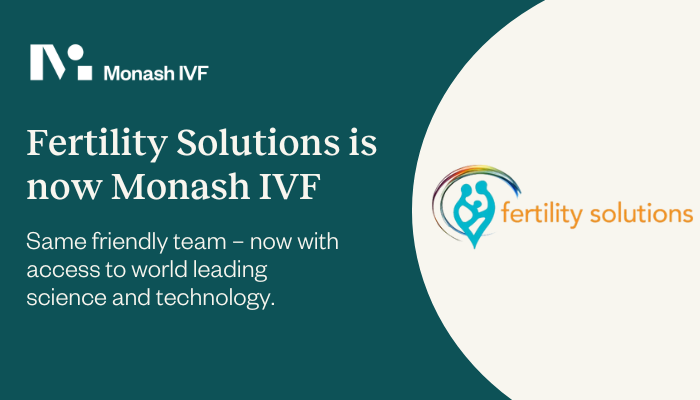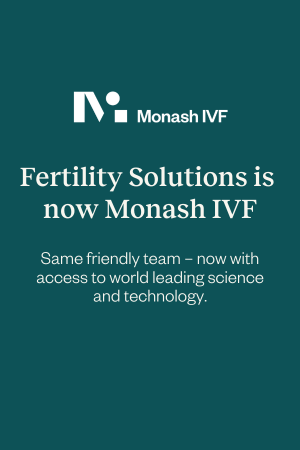In order for a frozen embryo transfer cycle to be successful, it is important that the uterine lining (endometrium) is at the right stage of development to support embryo implantation. There are a few ways that we can assist this process.
Natural FET Cycles
One option is to closely monitor the woman’s natural cycle through a combination of blood tests, ultrasound scans, and sometimes urine testing to establish when ovulation has occurred. The transfer is then scheduled to match the age of the embryo at the time it was frozen. This only works in women who have regular, predictable cycles.
Using a woman’s natural cycle can sometimes prove difficult. The main risk is that ovulation may be missed and therefore the cycle cancelled. To minimize this risk you may be required to have daily blood tests and regular scans so optimal timing is established.
Medicated FET Cycles
There are generally 2 options for hormonally treated FET Cycles, both of which aim to prepare the uterine lining for an embryo.
1. Clomiphene (Clomid) or Letrozole
Clomid/Letrozole Cycles. Clomid or Letrozole tab-lets are given in a doses as prescribed by your doctor, daily for 5 days beginning between days 2-5 of your cycle. An ultrasound and blood test are usually performed around day 9-11 of your cycle to see if follicles are beginning to develop on the ovaries. The follicles are then tracked until they either ovulate on their own, or a trigger injection needs to be given to make certain that ovulation occurs at an appropriate time. The embryo transfer can then be scheduled to occur. Sometimes additional hormones are also given after the embryo transfer to help keep to uterine lining in optimal condition to encourage embryo implantation. While Clomid or Letrozole cycles are more predictable than natural cycles, they can still can have problems. Some women don’t ovulate despite using Clomid/Letrozole. Clomid/Letrozole have side effects, which are mostly well tolerated. As there are eggs being produced in the ovary and this egg(s) is ovulated, there is a possibility that a spontaneous pregnancy can occur from unprotected sex during the cycle prior to your embryo transfer, with the possibility of a multiple pregnancy.
2. Hormonal Replacement Therapy (HRT), Ooestrogen and Progesterone
This approach is often used for women who don’t have cycles at all or who are to be recipients of do-nor eggs or embryos. Don’t worry this has nothing to do with being menopausal! When your period begins you will start on a synthetic form of oestrogen called ethinyl oestradiol, and increase the dose as the cycle proceeds to mimic what happens in a natural cycle. This produces thickening of the endometrium which is monitored by ultrasound scan. In all FET cycles we aim to see an endometrial thickness of at least 8 mm prior to the embryo transfer being scheduled. The next hormonal step in a natural cycle is the addition of progesterone. We reproduce this by giving you progesterone pessaries or gel (Crinone). This completes the maturation of the uterine lining so that it is ready to receive an embryo. Once the pessaries are commenced, the embryo transfer can then be scheduled. Both hormones are continued until the pregnancy test result is known. If you are pregnant then they will continue on for some time (~11-14 weeks of pregnancy). If you aren’t pregnant then you can stop them once you have spoken to your nurse about your pregnancy test result. HRT cycles are generally very predictable making it easier for you and the clinic to arrange everything well in advance. The hormones are very like your own natural hormones making it uncommon for women to experience significant side effects.
Surviving the Thaw
About 70 – 80% of embryos that are frozen will survive the process of thawing. Thawing usually occurs the day prior to your transfer so that there is time to assess the embryo in the laboratory and see if it has begun to divide again. Your embryos are usually frozen all at the same time but in separate straws so that we can thaw them one at a time. This is useful, especially if the first embryo thawed does not survive this process.
Occasionally none of the embryos will survive the thaw and there will be no embryos available for transfer. If this happens, all your medications will be ceased and we will ask you to come in for a follow up talk with your nurse and a scientist about this cycle and also other options for future cycle.
If you have any questions about your FET Cycle, you are encouraged to contact your specialist, nurse or a scientist.
FET Treatment Options at Fertility Solutions
To download a copy of our FET Treatment Options, click here.


